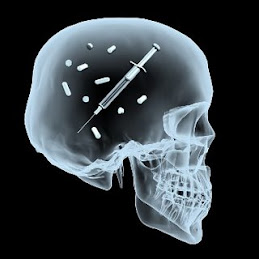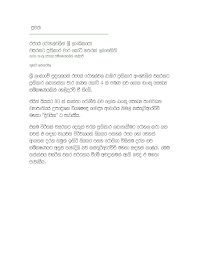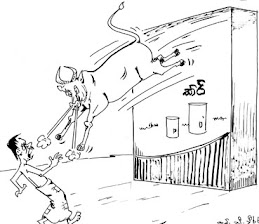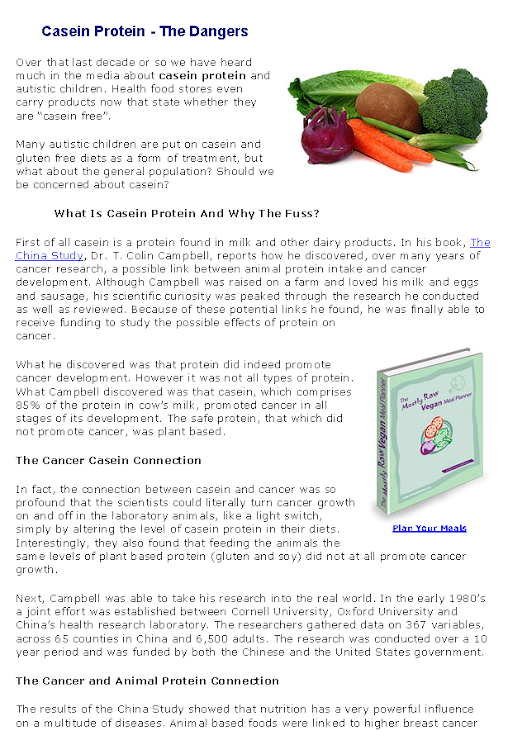
Bovine spongiform encephalopathy (BSE), commonly known as mad-cow disease, is a fatal, neurodegenerative disease of cattle, which infects by a mechanism that surprised biologists upon its discovery in the late 20th century. In the UK, the country worst affected, 179,000 cattle were infected and 4.4 million killed as a precaution.
It is believed, but not proven, that the disease may be transmitted to human beings who eat infected carcasses. In humans, it is known as new variant Creutzfeldt-Jakob disease (vCJD or nvCJD), and by June 2007, it had killed 165 people in Britain, and six elsewhere with the number expected to rise because of the disease's long incubation period. Between 460,000 and 482,000 BSE-infected animals had entered the human food chain before controls on high-risk offal were introduced in 1989.
A British inquiry into BSE concluded that the epidemic was caused by feeding cattle, who are normally herbivores, the remains of other cattle in the form of meat and bone meal (MBM), which caused the infectious agent to spread. The origin of the disease itself remains unknown. The current scientific view is that infectious proteins called prions developed through spontaneous mutation, probably in the 1970s, and there is a possibility that the use of organophosphorus pesticides increased the susceptibility of cattle to the disease. The infectious agent is distinctive for the high temperatures it is able to survive; this contributed to the spread of the disease in Britain, which had reduced the temperatures used during its rendering process. Another contributory factor was the feeding of infected protein supplements to very young calves.
.jpg)







































No comments:
Post a Comment